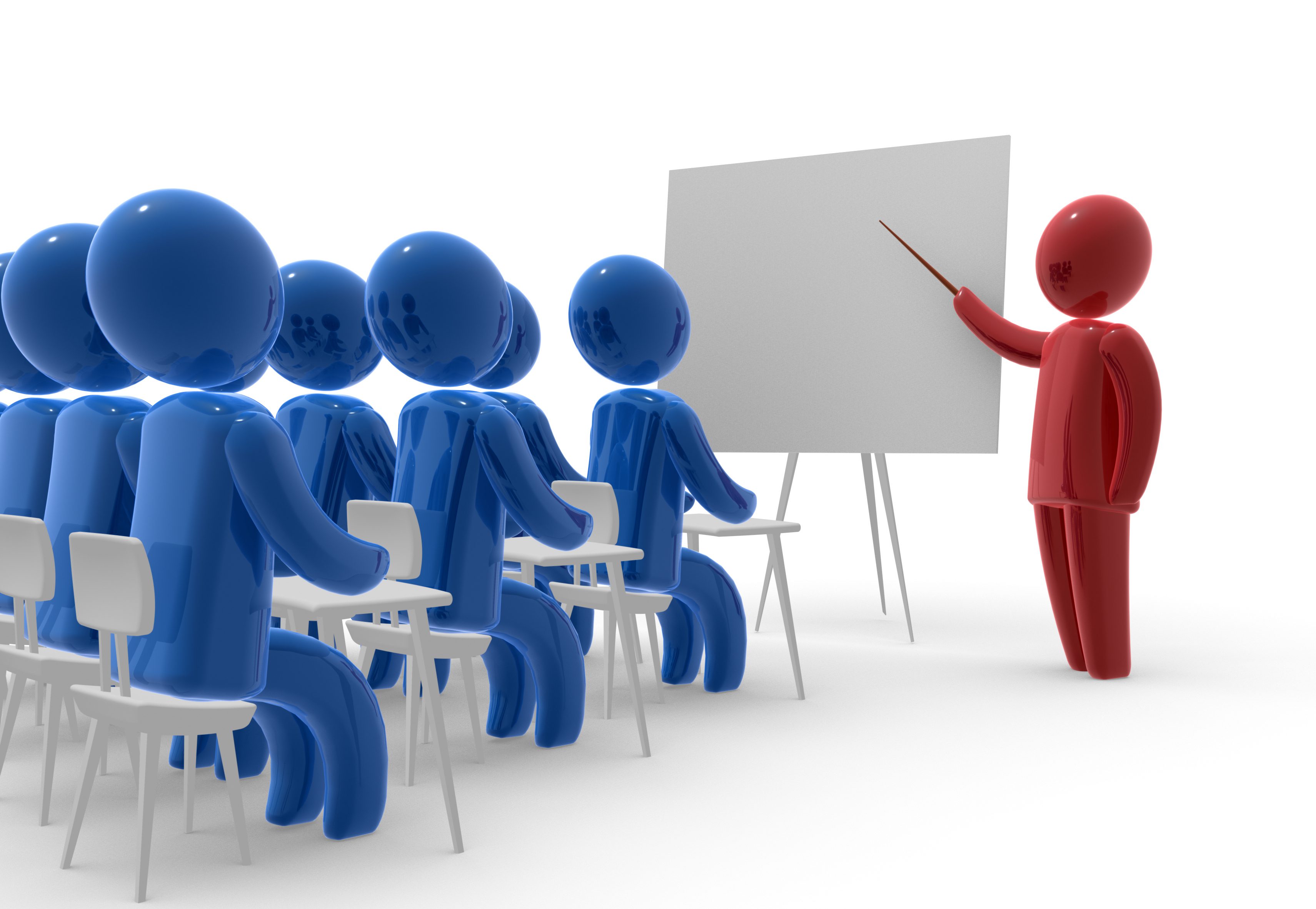Taking a sales skills course is the most purposeful route in enhancing a wide range of selling skills including cold calling, telephone sales, business development, closing, social selling, sales prospecting and sales presentations amongst others.
When deciding to undertake a sales skills course ensure that what you are being taught actually works for today’s savvy customers, in other words – What is working now so you understand what selling really is about in the sales 3.0 era. Also, too many sales courses just focus on sales process or steps in the sale. Research shows that the mindset of the salesperson is actually more important that any sales skills because if the mindset of the sales person is not right, no amount of sales training will work.

Look for a sales skills course that teaches you the soft and hard selling skills plus covers your belief system as to encourage a more optimistic view of your ability to sell. Courses that help you adopt the right attitude to your sales role and then provides you with the insight for the most useful sales tactics when dealing with customers or prospects.
It’s all about providing you with the framework to manage your sales activities, to develop practical skills in identifying and negotiating sales opportunities, to help you present compelling solutions that will ultimately win over more customers while improving your sales results for your company.
So, before you take a sales skills course, let’s review what makes a good sales person.
- They have empathy and engage in active listening
- Works hard to develop an understanding of the prospect’s needs
- Is comfortable at engaging prospects or customers at their level
- Is credible and can add value to a prospect’s life
- Skilled in asking questions to uncover needs or remove obstacles
- Ability to network and engage multiple decision makers in an organization
- Can pinpoint and quantify the value their proposed solution will bring to the buyer’s business
Soft selling skills
Empathy
The ability to put yourself inside the shoes of another person, seeing the world through their eyes. Empathy builds trust and shows customers that you care about their business above trying to sell them something.
Communication
Sales success depends on the ability to gather and provide information in a way that makes a potential customer want to do business with you. It’s not just about asking and listening, salespeople have to skilled at active listening, otherwise conversations will be unproductive.
Mindset
Your most valuable asset in the sales process and engaging customers is your mindset. Your mindset is your way of thinking, your opinions on yourself and on your skills. Average salespeople do what is convenient, Successful salespeople do whatever it takes.
Openness
Openness is the maturity to receive feedback to help improve your sales and interpersonal skills. You can train, you can learn, however if you don’t have awareness about yourself and the openness to grow then you might struggle to be successful.
Collaboration
No one is an Island. You may need the assistance of other people inside your company to help you with a prospect or the sales process. The sharing of information and exchanging of ideas has become essential between sales, marketing and other customer interaction teams. Collaboration in working towards the same goals can have a major impact on your results.
Decision making skills
The point of making a decision is to achieve a certain outcome. In the sales process you need to be able to make judgment calls on your own, whether to continue chasing a prospect, how much time to invest in a prospect or customer, when to ask for a purchasing decision etc. The more comfortable and skilled you are at making these decisions, the better the outcomes (as long as you learn to live with the consequences of your decisions).
Problem solver
To be creative when proposing solutions to customers. Trying to avoid the vanilla flavoured answers that every other salesperson offers. You do not become successful by selling things to people, you become successful by solving problems for customers. Selling skills are not a matter of trying to convince a customer to buy something, but instead it is the skill to identify their needs and showing them how your product can help them be successful.
Hard selling skills
As well as the above soft selling skills, there is also a range of hard selling skills that every salesperson should master. These skills can be taught through a sales skills course and training.
Sales Prospecting
Despite the rise of inbound marketing, one of the most valuable selling skills is the ability to do sales prospecting to find new sales opportunities. Prospecting can be done via social selling, referrals, cold calling, events etc. To be truly successful at sales prospecting you need to take a more strategic approach, one that builds credibility, value and trust with the prospect. You need to learn the skill to have a discovery-based conversation with a buyer, one with a value proposition that differentiates you from the rest, to get the buyer to listen and gets the buyer to invest more time talking to you.
Qualifying prospects
Qualifying a prospect is the sales skill to decide if the contact is really a genuine prospect. A qualified prospect must meet some criteria that indicates they have the potential to become a paying customer. Too many sales pipelines are crammed with unqualified leads. 80% of prospect’s make it through the whole sales process without ever making a decision due to poor or reluctant qualifying.
Sales presentation skills
Sales presentation skills is your ability to tell stories, paint pictures and impart a vision for the future that will capture the audience interest and make them comfortable with buying a change management process. Closing a sale is as much about getting the buyer(s) to undertake change as it is about price or product fit.
The skill to create and deliver a sales presentation that hits all the points uncovered in the discovery phase is a vital skill.
Social selling
Social selling now plays a huge part in sales prospecting and networking with customers. The potential to communicate and influence via social media is now expected by buyers. The reality is in the buyers digitally influenced world, you need a good level of social media understanding. A social selling strategy allows you to target the right set of buyer profiles, done skillfully it offers an excellent channel to influence, make connections and build a network of relevant people to extend your social reach (and by default your ability to talk to potential customers).
Product knowledge
People buy from experts. You need to deeply understand where your product fits into the market and the value it delivers to a customer. It is about understanding the benefits your customers would be most interested in, and how these benefits relate back to the goals your prospect has shared with you.
Market research skills
Apart from product knowledge, buyers are seeking to engage with salespeople who can add value to their lives. They want to collaborate with salespeople who understands their business and market. You need to bring insights, trends, forecasts so you can really engage the customer and set you apart of the typical sales driven salesperson.
Closing skills
Before you ever get to closing a sale, you must learn to see the signs that give you the right to ask for the sale. Have you delivered on your promises and made the customer aware of what you have delivered? Have you covered off any points from other decision makers? Do you understand their decision-making process and have you helped them to make buying easier?
Whatever sales skills course or sales training courses you undertake to improve your knowledge of selling, we want to wish you well. Because a career in sales is about constantly learning and not being afraid to make mistakes along the way. Best of Luck.




